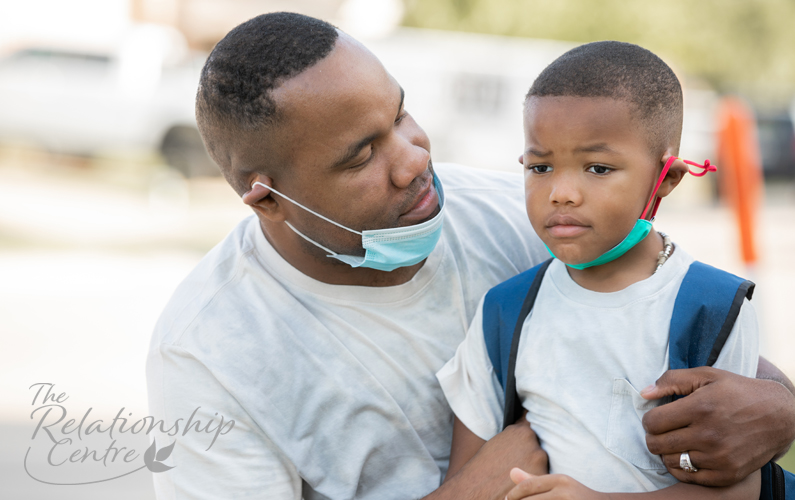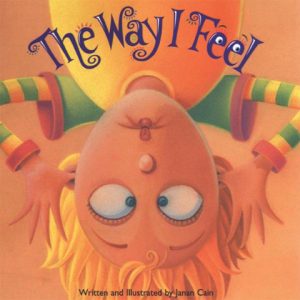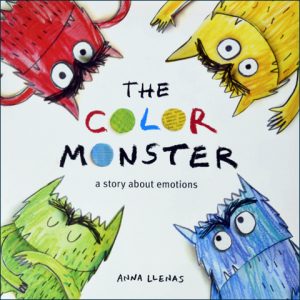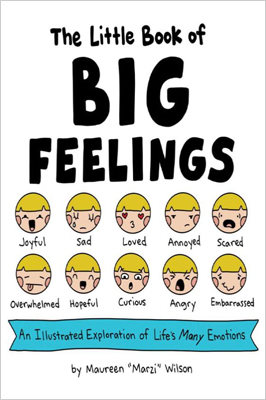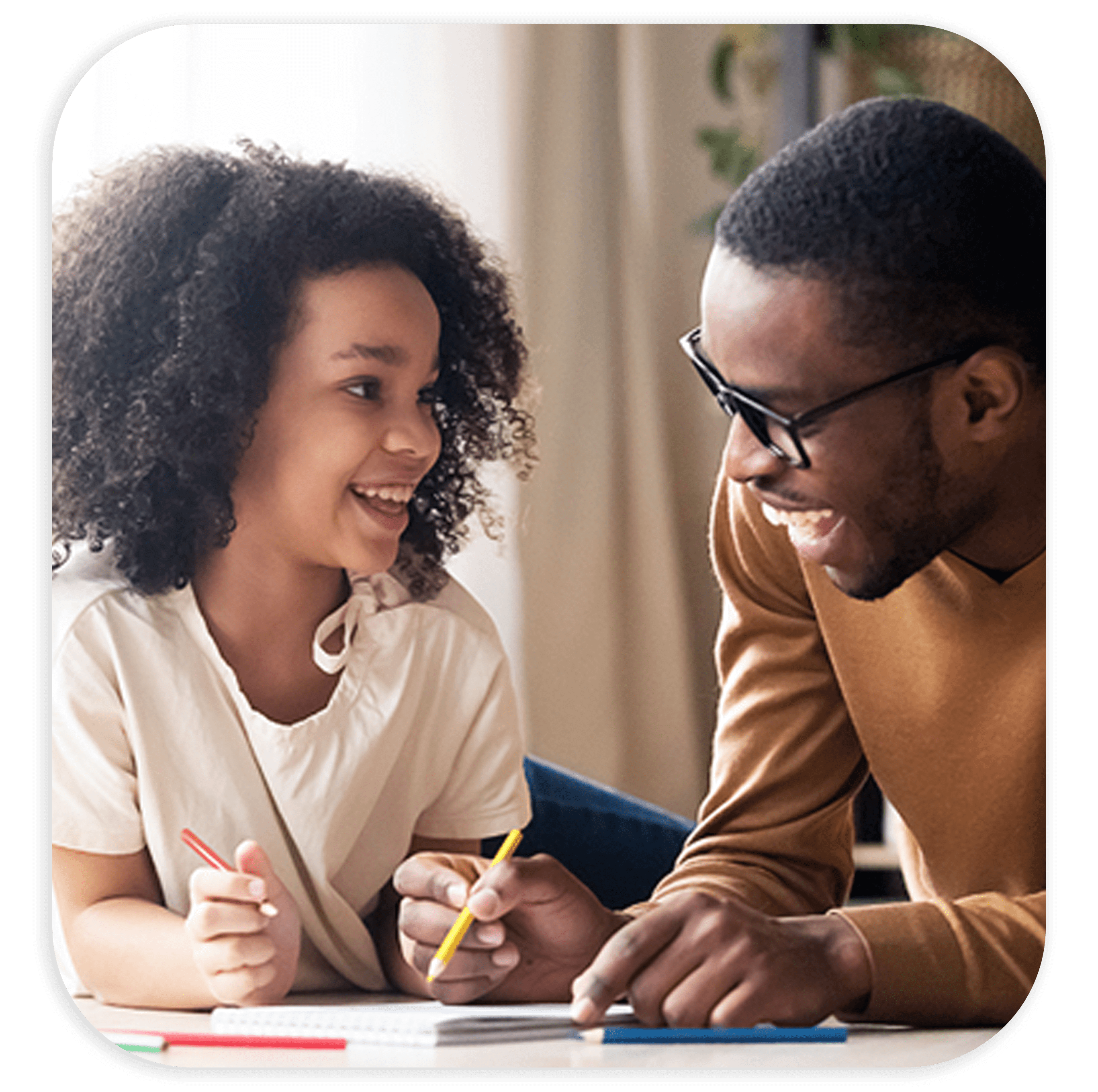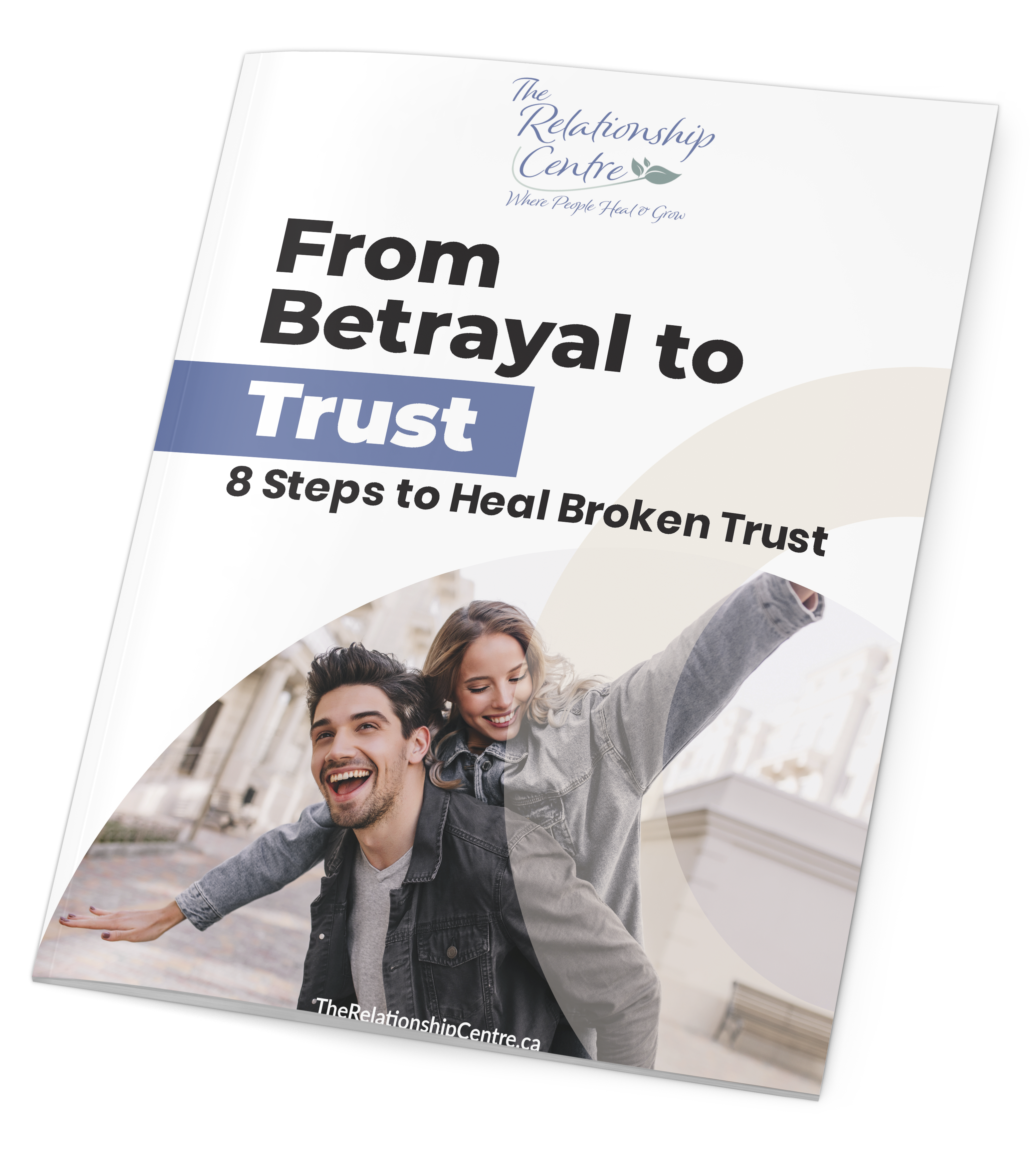Sometimes it is hard to distinguish between what’s anxiety and what’s just normal early childhood behaviour. But if your child consistently exhibits fearful reactions and resists certain situations, there is a good chance they are struggling with anxiety.
When a young child has anxiety, it often reveals itself in other ways. You may think that they are throwing a tantrum to get out of doing something. But anger is often a way that children try to protect themselves from something scary. They may seem clingy or regress in toilet training or other ways.
The causes of childhood anxiety are numerous. It can be rooted in genetics, environment, and caretaker personality. Exposure to scary things like natural disasters, too much news coverage, and living through a pandemic can create fear. Family crises like divorce and serious health issues can also contribute to childhood anxiety.
But you do not have to let anxiety have the upper hand. Here are some ways you can help your anxious child.
Be Open and Empathetic
In some families, people do not talk about their emotional struggles. But this does not help anyone. Problems like anxiety can be helped by bringing it into the open.
You can start by gently talking with them about what it feels like to be afraid. Help them process the emotion and let them know that they are not alone. Talk about a time you were afraid and what you did to get through it.
Many wonderful children’s books and resources are also available that discuss anxiety on a level they can understand.
Avoid Enabling
It is hard to see our children in pain. And dealing with an anxious child can become exhausting and emotionally fraught for you as well.
But you do not want to enable your child’s anxiety by avoiding what they’re afraid of. You do not want to give in when their fear manifests itself as anger and they refuse to do something or go somewhere. If you do these things, you are actually reinforcing their fears. You are subtly rewarding them.
Be a Kid
A popular children’s anxiety expert recommends finding playful ways to help your anxious child. This can look like finding silly ways to address their fears.
Anxiety is deeply rooted in the body’s fight-or-flight reaction to stress and fear. This means that it is a neurophysiological reaction. Anxious kids get stuck in this reaction.
But play and silliness can help bypass this system. It can help diffuse the anxiety and give them a way to reframe their fears.
Be a Role Model
As an adult, how do you handle fear and stress? What are you anxious about? As much as you may try to hide your emotional struggles from your children, they can still pick up on something. Kids absorb their parents’ coping techniques and ways of interacting with the world.
Take some time to identify how you are reacting to the stressors in your world. How do you cope with worries about employment, managing everything you have to do, or raising your kids?
Even if you feel you are not modelling good coping skills, it is never too late to change that. Learn deep breathing skills with your child. You can find child-oriented resources on Youtube to do this. Maintain a predictable routine in your home so they know what to expect. Include physical activity and healthy food to support emotional stability.
If your child’s anxiety grows or does not improve, it is important to consider professional help. Left unchecked, childhood anxiety can turn into disabling phobias, OCD, and similar anxiety disorders. These can severely limit your child’s experience of life and ability to be successful when they are older.
As experienced therapists, we have worked with many anxious children and helped guide them past their fear.
If you would like to learn more, give our office a call.
Books We Love
The Way I Feel, praised by parents and professionals alike who say it’s valuable for getting children to talk about their day’s triumphs and troubles. Janan Cain’s kids ooze anger and bounce with excitement as they teach the words for emotions.
One day, The Color Monster wakes up feeling very confused. His emotions are all over the place; he feels angry, happy, calm, sad, and scared all at once! To help him, a little girl shows him what each feeling means through color.
In The Little Book of Big Feelings, Maureen “Marzi” Wilson takes us on a journey of self-acceptance and validation. After all, our emotions are only reactions to experiences that we can learn from; there’s no such thing as a “bad” emotion. It’s okay to be scared, it’s alright to feel hopeful, and it’s perfectly fine to feel both at the same time. There is a wide range of human emotions, and it’s time we start embracing each one!

